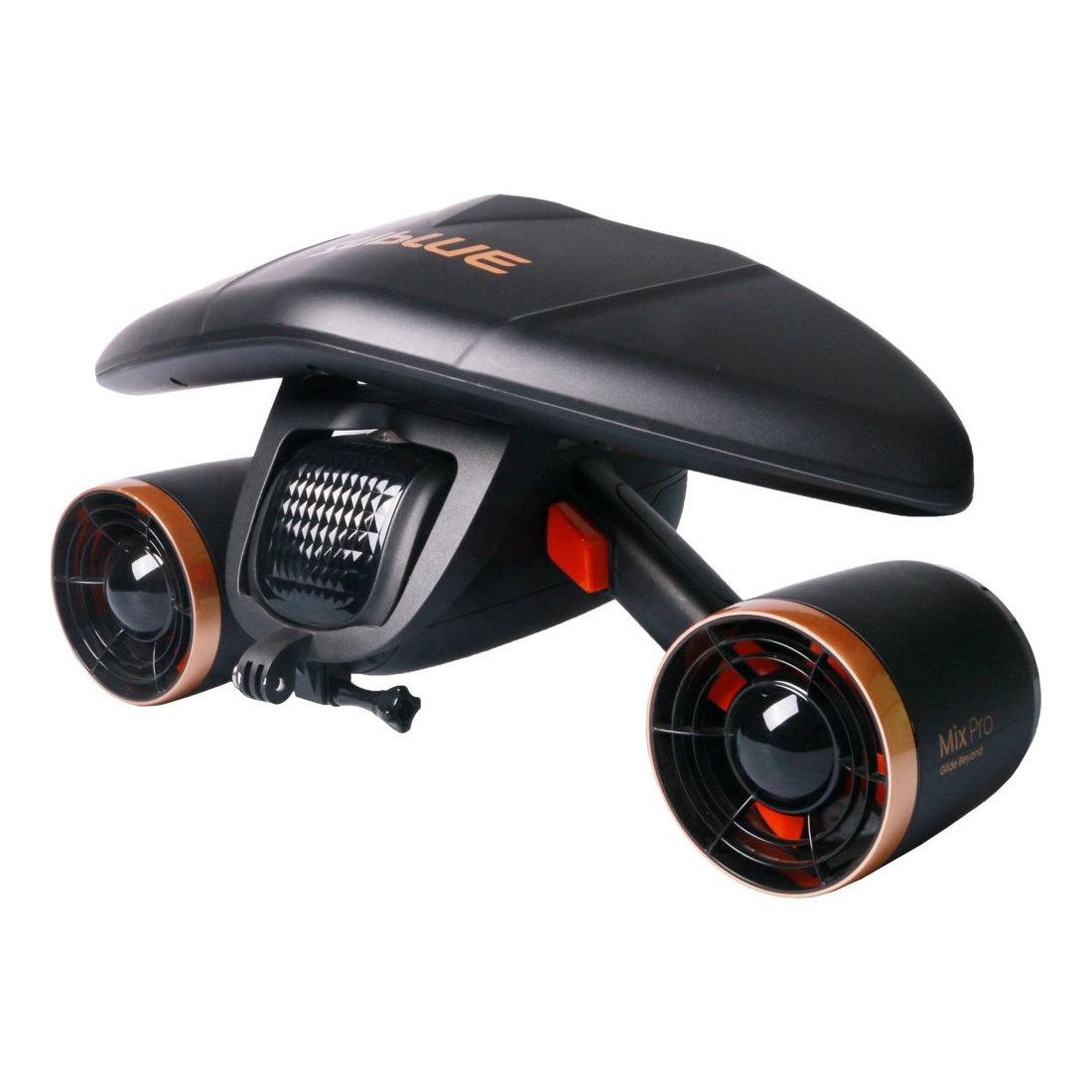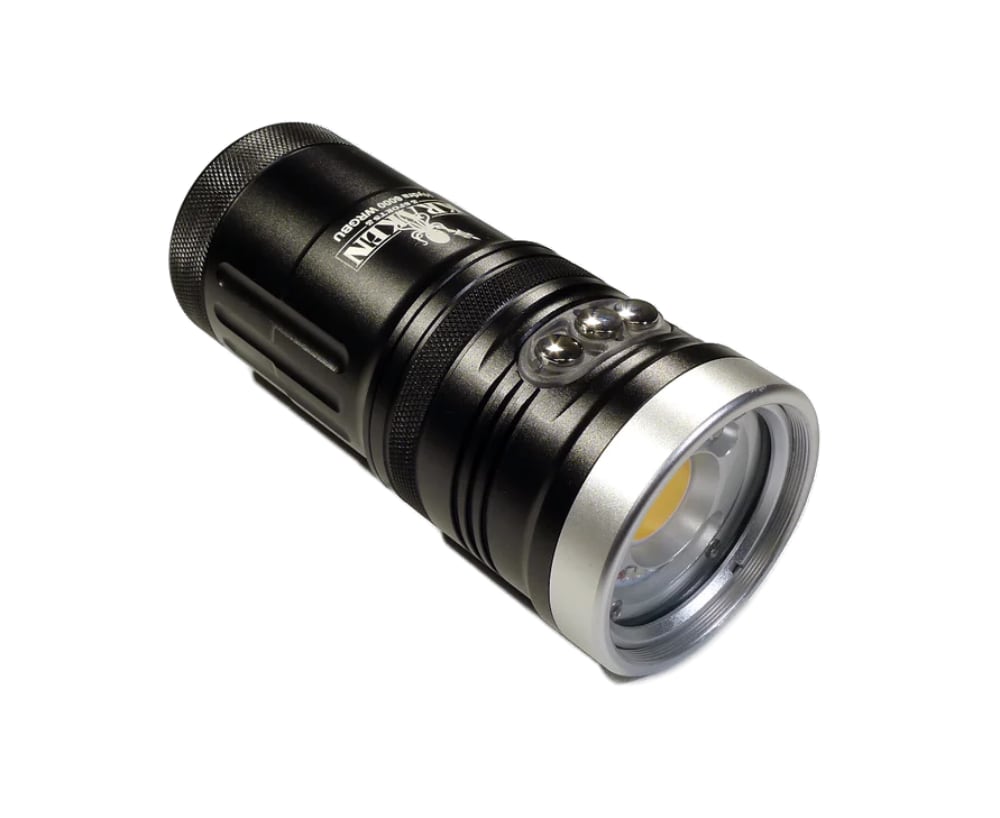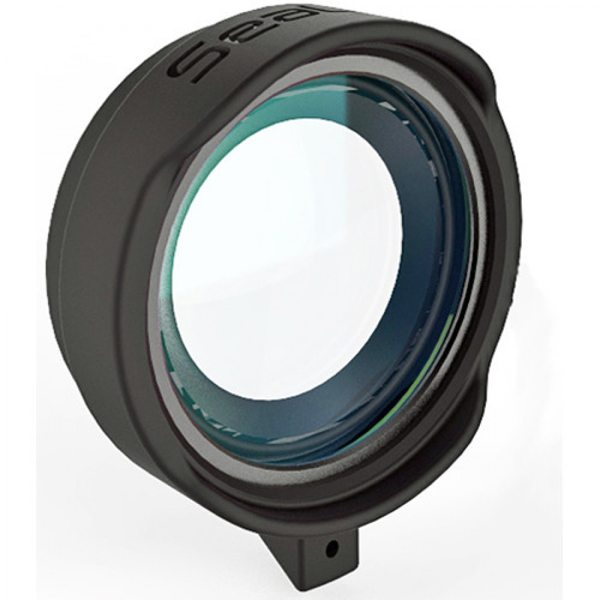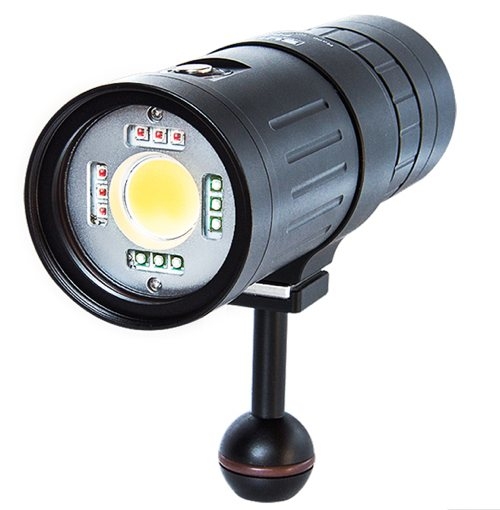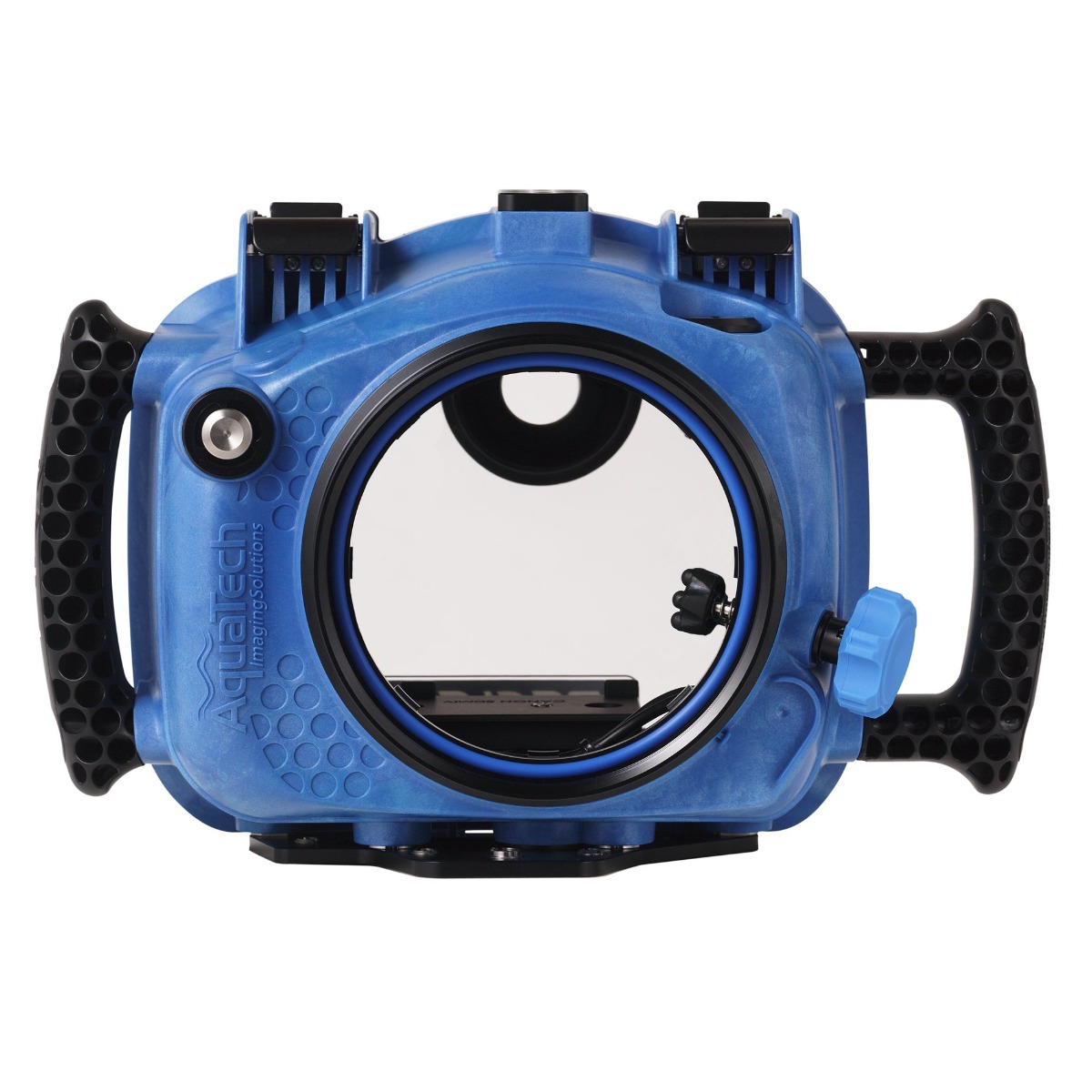- Home
- Directory
- Shop
- Underwater Cameras - Photographic Accessories
- Smartphone Housings
- Sea Scooters
- Hookah Dive Systems
- Underwater Metal Detectors
- Dive Gear
- Dive Accessories
- Diving DVD & Blu-Ray Discs
- Diving Books
- Underwater Drones
- Drones
- Subscriptions - Magazines
- Protective Cases
- Corrective Lenses
- Dive Wear
- Underwater Membership
- Assistive Technology - NDIS
- On Sale
- Underwater Gift Cards
- Underwater Art
- Power Stations
- Underwater Bargain Bin
- Brands
- 10bar
- AOI
- AquaTech
- AxisGo
- Backscatter Underwater Video and Photo
- BLU3
- Cayago
- Chasing
- Cinebags
- Digipower
- DJI
- Dyron
- Edge Smart Drive
- Eneloop
- Energizer
- Exotech Innovations
- Fantasea
- Fotocore
- Garmin
- Geneinno
- GoPro
- Hagul
- Hydro Sapiens
- Hydrotac
- Ikelite
- Indigo Industries
- Inon
- Insta360
- Intova
- Isotta Housings
- Jobe
- JOBY
- Kraken Sports
- LEFEET
- Mirage Dive
- Nautica Seascooters
- Nautilus Lifeline
- NautiSmart
- Nitecore
- Nokta Makro
- Oceanic
- Olympus
- OM System
- Orca Torch
- Paralenz
- PowerDive
- QYSEA
- Scubajet
- Scubalamp
- Sea & Sea
- SeaDoo Seascooter
- SeaLife
- Seavu
- Shark Shield
- Sherwood Scuba
- Spare Air
- StickTite
- Sublue
- Suunto
- SwellPro
- T-HOUSING
- Tusa
- U.N Photographics
- Venture Heat
- XTAR
- Yamaha Seascooter
- Youcan Robot
No Barriers at Great Barrier
Contributed by nickT
Story and photos by Nick Taylor
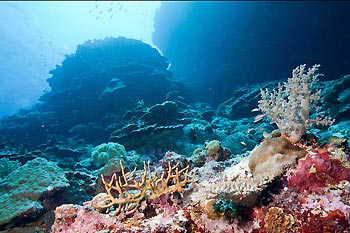 As
I am sure, you are probably aware Queensland started off February
with a Category 5 tropical Cyclone a mere week after the floods in
Brisbane. They called it the storm of the century with good reason.
As
I am sure, you are probably aware Queensland started off February
with a Category 5 tropical Cyclone a mere week after the floods in
Brisbane. They called it the storm of the century with good reason.
Being the largest weather system to have ever hit in Australian
history. The media had a field day and covered it from every angle.
However being the largest did not make it the deadliest, that was
Cyclone Tracy, which devastated the Northern Territory capital of
Darwin in 1974, killing 71 people.
Yasi covered an area 310 miles wide. It changed direction as it raced
towards land and veered away from Cairns and Townsville and went down
the middle instead landing at the more rural areas of Cardwell,
Innisfail and Tully decimating most of the area's banana crops.
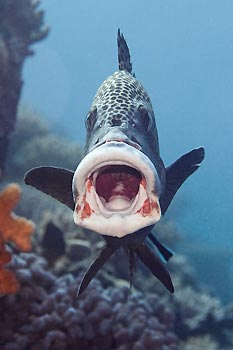 When
Larry hit prices of bananas soared to a high of $15 a kilo compared to
the original price of $3 or $4 a kilo. So maybe bananas will be off the
shopping list for most of us until they are in full production again.
When
Larry hit prices of bananas soared to a high of $15 a kilo compared to
the original price of $3 or $4 a kilo. So maybe bananas will be off the
shopping list for most of us until they are in full production again.
Certain media portrayed a much more sinister affair and with the weather and storm systems being the way they were over the last few weeks in Queensland, almost cut out the prospect of making a come back through tourism industry due to the fact the tourists think we are still 6ft underwater.
I have something to tell you: Queensland and indeed Cairns are open for business as much now as ever before. With the season now a lot more quiet due to current affairs in the media the trips and service received is given on a much more personal basis.
Mother nature should never be underestimated as a powerful force of destruction. Yasi will be at least 500 million AUD in damages, Julia Gillard has suggested in recent talks to the media. Compare that of the man made disasters at the Deepwater Horizon rig in the Gulf of Mexico early last year and you have a shocking comparison of estimated damages ranging from 3 billion to 12 billion dollars US. What I mean by this is the real danger out there in the world is us. This may be the first time that we have recorded such a storm. However, I can only imagine that it is not the first to have ever hit this area ever.
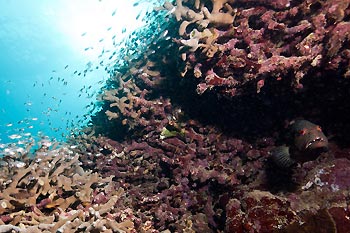 Prior
to Yasi hitting, I had just come back from a trip exploring the Ribbon
Reefs and Osprey Reef. More out of curiosity than anything else I
decided I wanted to witness the power of Mother Nature itself and went
ahead and booked myself on the same itinerary again and with my Canon
5D Mark 2 in hand to document if in fact the Great Barrier Reef had
been wiped off the planet.
Prior
to Yasi hitting, I had just come back from a trip exploring the Ribbon
Reefs and Osprey Reef. More out of curiosity than anything else I
decided I wanted to witness the power of Mother Nature itself and went
ahead and booked myself on the same itinerary again and with my Canon
5D Mark 2 in hand to document if in fact the Great Barrier Reef had
been wiped off the planet.
After everyone settled for dinner on the first night steaming out of
Cairns the dinner conversation started and was light and jolly to say
the least - maybe this had something to do with the onboard bar. In no
way did it even touch on the subject of the reef in the aftermath of
Yasi.
A few comments were made down the far end where the guides and
instructors were sitting. Like me, they were uncertain of what to
expect with regards to the condition of the crossing to Osprey, the
visibility in the water and indeed the condition of the reef.
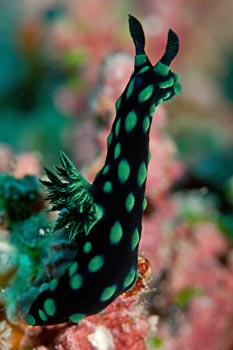 Our
first day diving was ofcourse the Cod Hole and Cod feeding. Conditions
looked calm enough and as I kitted up and stepped towards the side of
the vessel I thought to myself: "This is it, the moment of truth", and
with one large step plunged into ground zero.
Our
first day diving was ofcourse the Cod Hole and Cod feeding. Conditions
looked calm enough and as I kitted up and stepped towards the side of
the vessel I thought to myself: "This is it, the moment of truth", and
with one large step plunged into ground zero.
As the air bubbles slowly rose out of sight I gradually descended
clutching my camera unit, to revel the dive site we had come to
explore. A surprised look came across my face when I turned to look for
my dive buddy and was welcomed by a large potato cod instead of my
buddy behind me. Water temperature was about 28 degrees Celsius and
visibity was a fair 15-20M better than I was expecting. This was a good
sign of things to come this week.
Exploring the reefs in the coming days it would be a lie to say
there was no damage. Tips of stag horn coral lay here and there on the
sandy bottom and the occasional sea fan had been turned upside down.
The largest damage was that to the table corals which had been picked
up and dumped a few meters from their original resting area.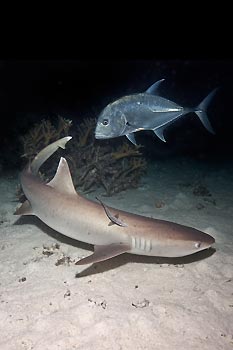
The fishlife on the other hand was, well, just that: ALIVE. They were feeding in schools a lot larger than that of the previous trip. It was if someone had let a child loose in a sweet shop and they were loving every second of it. Life was abundant. The now vacant lots of reef now have given way to allow the next generation of new growth and fresh life to flourish. The dive group was even graced with the presence of a rare whaleshark off at Osprey while making the safety stop. I had already exited the pool and was transferring photos when the news of a whaleshark reached me, hence no photo.
In conclusion, the general structure of the reef has received a certain level of damage however this has opened doors for other avenues of growth and life to thrive. The main fact is Queensland, Cairns and especially the Great Barrier Reef is still as magical an as unique as it ever was. And just like much of Queensland open for business like usual.
Traveling to Cairns is easy. Flights leave regularly from most major airport in Australia and cost on average from $150-$200 one-way.
Shopfront
-
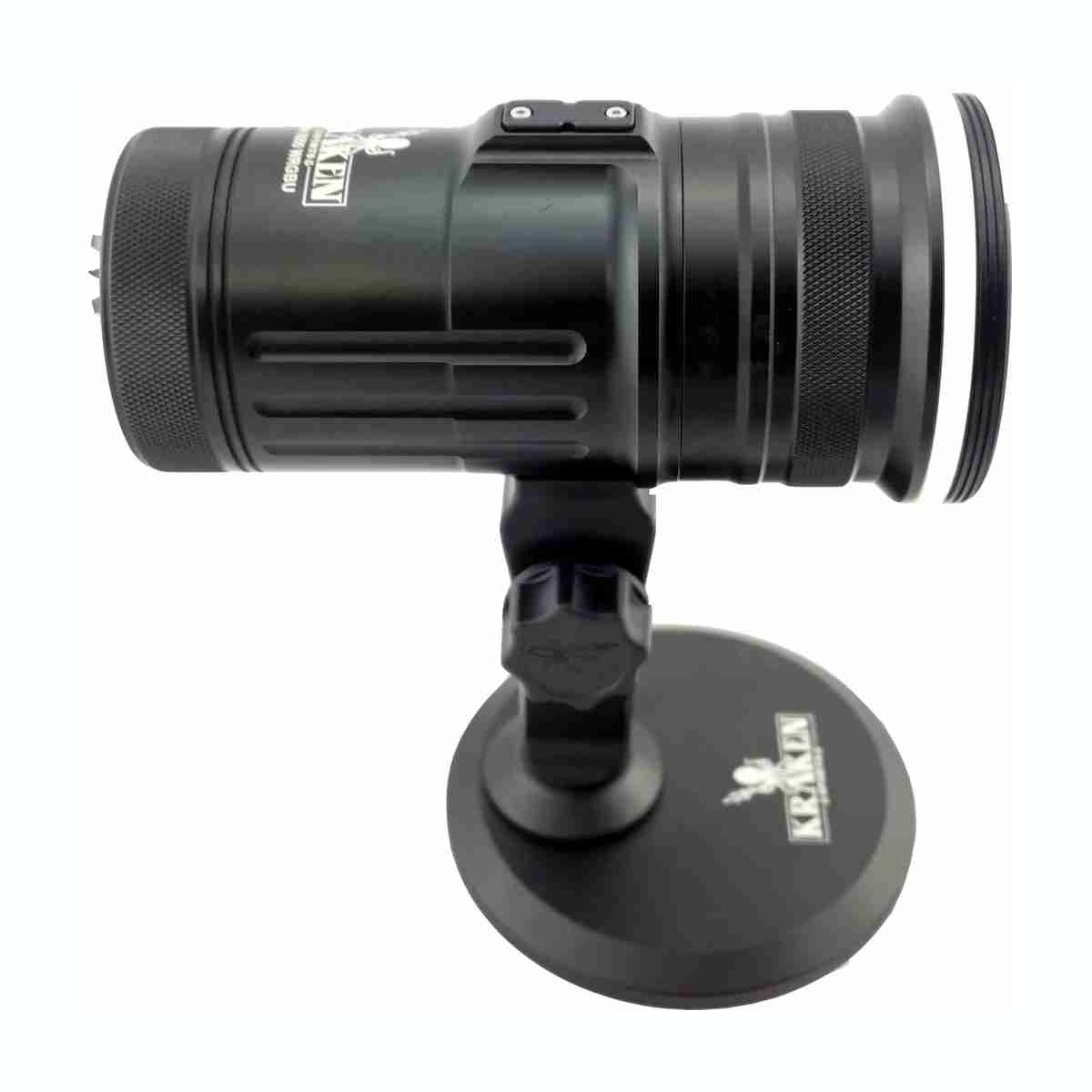 Kraken Hydra 8000 WRGBU
Kraken Hydra 8000 WRGBU
- Price A$ 1,129.00
-
 Sealife Sea Dragon Duo 10K+ Color Boost Set
Sealife Sea Dragon Duo 10K+ Color Boost Set
- Price A$ 2,395.00
-
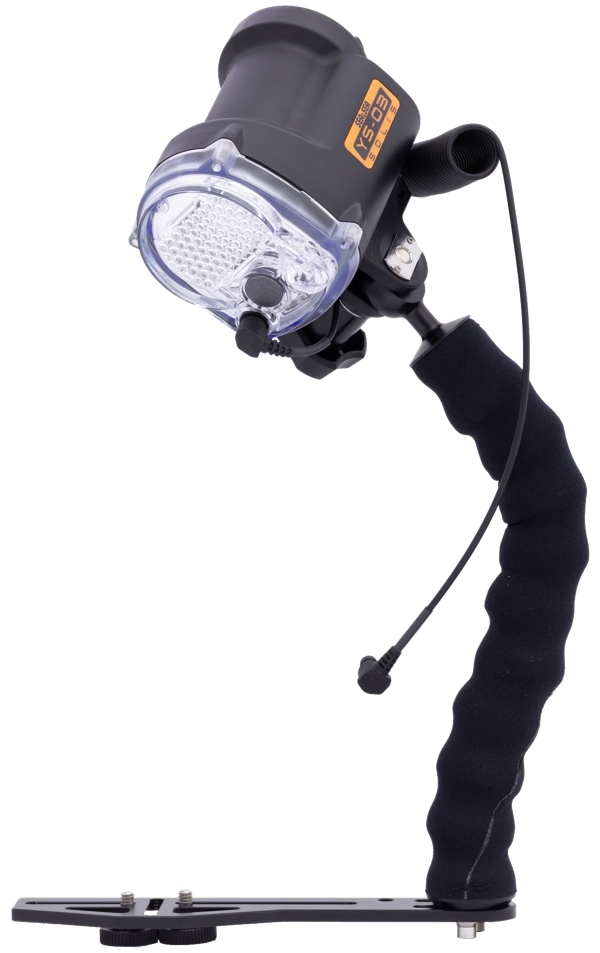 Sea & Sea YS-03 SOLIS Universal Lighting System Kit
Sea & Sea YS-03 SOLIS Universal Lighting System Kit
- Price A$ 849.00
-
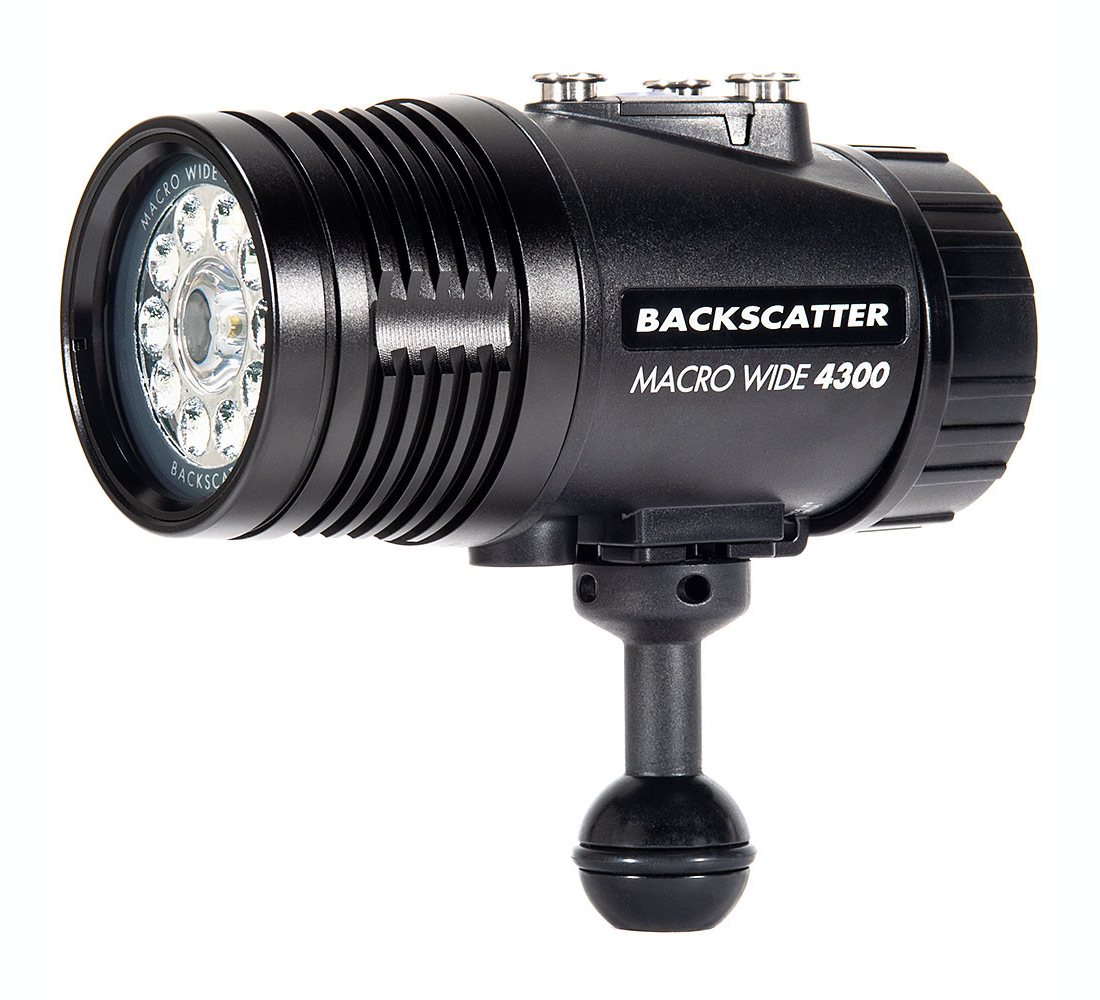 Backscatter Macro Wide 4300 Underwater Video Light MW-4300
Backscatter Macro Wide 4300 Underwater Video Light MW-4300
- Price A$ 749.00
-
 Fantasea FRX100 VA R Housing for Sony RX100 III / IV / V / VA - with optional vacuum system
Fantasea FRX100 VA R Housing for Sony RX100 III / IV / V / VA - with optional vacuum system
- Price A$ 799.00
-
 Scubalamp V4K V3 Movie Grade Photo/Video Light - 8,000 lumens
Scubalamp V4K V3 Movie Grade Photo/Video Light - 8,000 lumens
- Price A$ 699.00
-
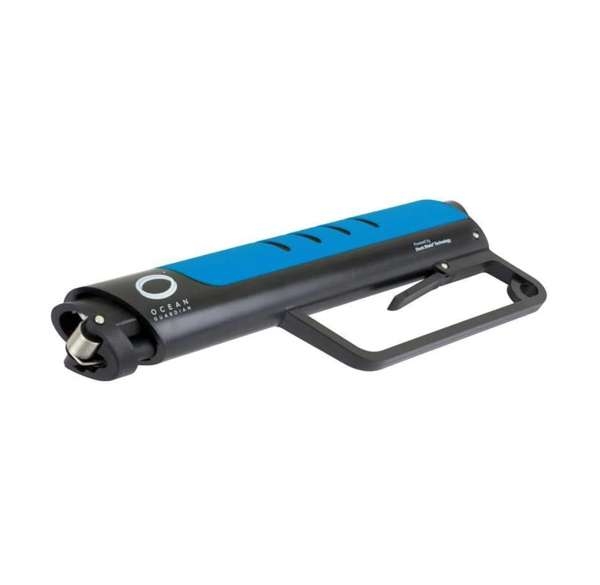 Ocean Guardian eSPEAR - Shark Shield
Ocean Guardian eSPEAR - Shark Shield
- Price A$ 349.00
-
 Sublue Vapor - Pump-Jet Underwater Scooter
Sublue Vapor - Pump-Jet Underwater Scooter
- Price A$ 4,999.00
In the Directory



